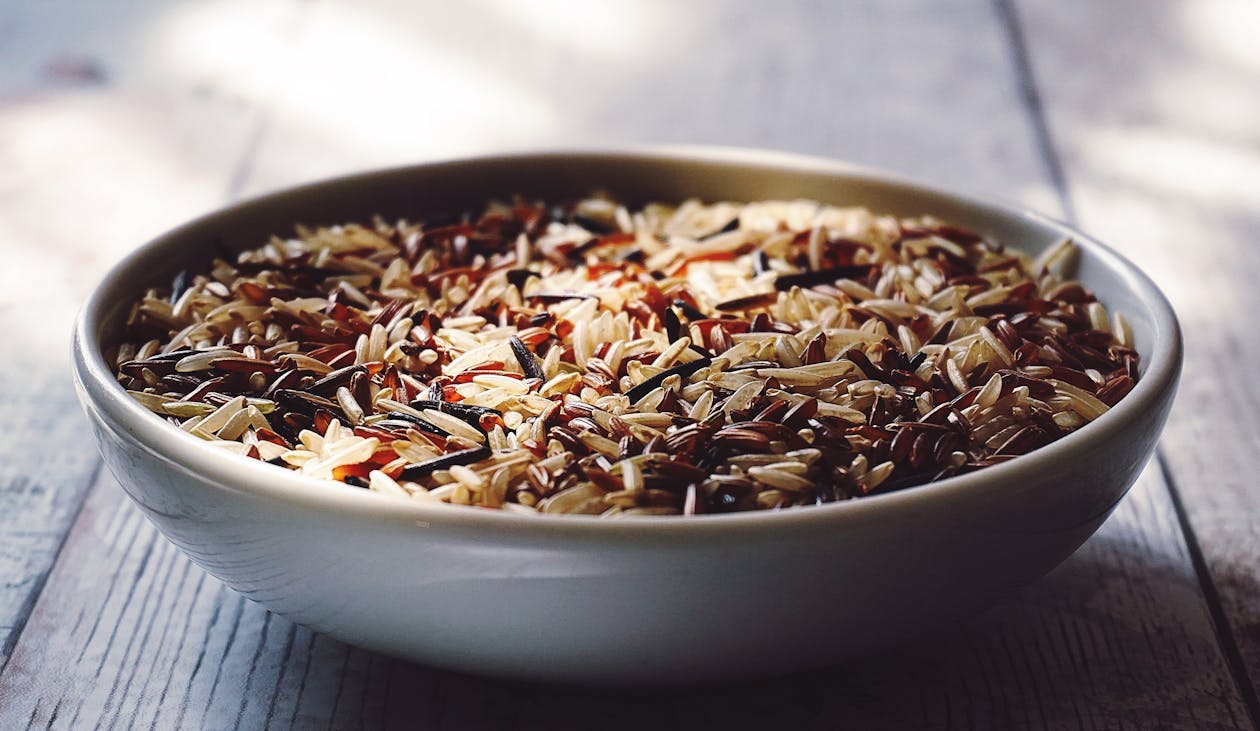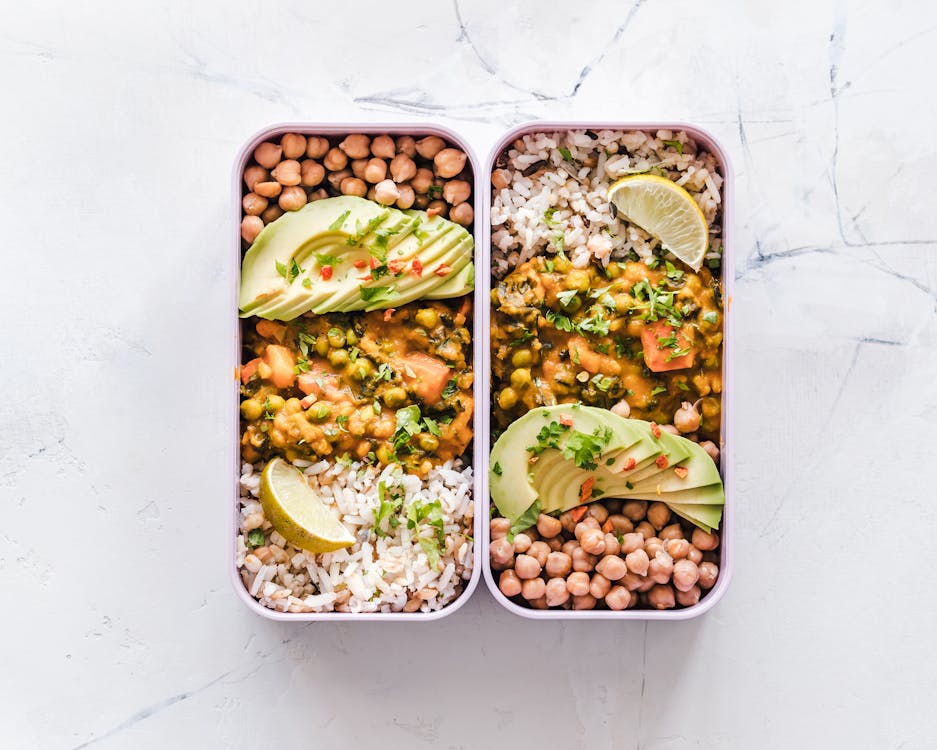The Ultimate Guide to Balanced Eating: Tips for Every Meal
Eating a balanced diet is essential for maintaining optimal health and well-being. It ensures that your body receives the necessary nutrients to function effectively. This ultimate guide provides practical tips for achieving balanced eating at every meal, helping you make informed choices that promote long-term health.
Understanding Balanced Eating
Balanced eating involves consuming a variety of foods that provide the necessary nutrients: carbohydrates, proteins, fats, vitamins, and minerals. Each meal should offer a combination of these nutrients to support overall health and energy levels.
Key Components of a Balanced Diet

Carbohydrates: Your body's primary energy source. Choose whole grains, fruits, and vegetables over refined carbs.
Proteins: Essential for growth and repair. Include lean meats, fish, beans, and nuts.
Fats: Important for brain health and energy. Opt for healthy fats like avocados, olive oil, and nuts.
Vitamins and Minerals: Crucial for various bodily functions. Ensure a colorful plate with plenty of fruits and vegetables.
Fiber: Aids in digestion and maintains a healthy gut. Whole grains, fruits, and vegetables are excellent sources.
Balanced Eating Tips for Every Meal
Breakfast

Starting your day with a nutritious breakfast can set the tone for healthy eating throughout the day.
Include Protein: Eggs, Greek yogurt, or a smoothie with protein powder can keep you full longer.
Add Whole Grains: Oatmeal, whole-grain toast, or quinoa can provide sustained energy.
Incorporate Fruits and Vegetables: Add berries to your yogurt or spinach to your smoothie for added vitamins and minerals.
Lunch

A balanced lunch should keep you energized and focused throughout the afternoon.
Combine Lean Proteins and Whole Grains: Think grilled chicken with brown rice or a quinoa salad with beans.
Add Plenty of Vegetables: A side salad or a handful of baby carrots can increase your fiber intake.
Healthy Fats: Include a small portion of avocado or a drizzle of olive oil on your salad.
Dinner
Dinner should be lighter than lunch but still balanced to avoid late-night cravings.
Focus on Lean Proteins: Fish, tofu, or legumes are excellent choices.
Plenty of Vegetables: Half your plate should be filled with a variety of vegetables.
Whole Grains: Incorporate brown rice, whole-wheat pasta, or barley.
Snacks
Healthy snacks can keep your metabolism steady and prevent overeating at meals.
Nutrient-Dense Choices: Nuts, seeds, and fruit slices are perfect for a quick energy boost.
Protein-Rich Snacks: Greek yogurt, cheese sticks, or hummus with veggie sticks can keep hunger at bay.
Portion Control: Be mindful of portions to avoid excessive calorie intake.
Practical Tips for Balanced Eating

Meal Planning: Plan your meals ahead of time to ensure you have balanced options available.
Read Labels: Check nutritional information to make informed choices.
Portion Sizes: Be aware of portion sizes to avoid overeating, even with healthy foods.
Hydrate: Drink plenty of water throughout the day to stay hydrated and support digestion.
Listen to Your Body: Eat when you're hungry and stop when you're full. Mindful eating can prevent overeating.
Conclusion
Achieving balanced eating is a continuous journey that requires mindful choices and consistency. By incorporating a variety of nutrients into each meal and following these practical tips, you can enhance your health and well-being. Start with small changes and gradually build healthier eating habits that last a lifetime.

 Cricket Score Counter
Cricket Score Counter Heads or Tails
Heads or Tails
You have not logged in, please Login to comment.